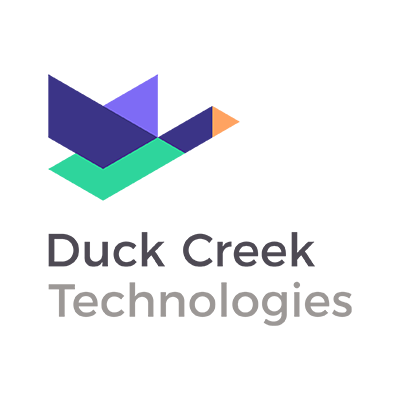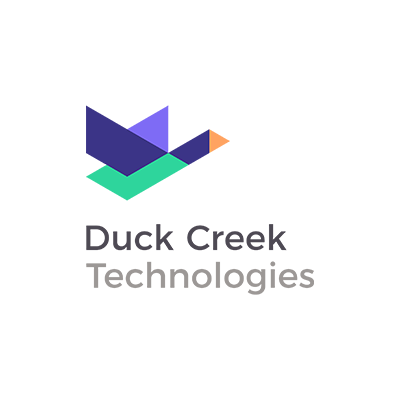Ahead of the Post Insurance Technology Summit, Post editor Stephanie Denton sat down with Duck Creek Technologies managing director for Europe Bart Patrick to discuss the cultural step change need in insurance to remove the upgrade nightmares.
What are the step changes taking place presently and which ones should insurers be most aligned to?
Duck Creek Technologies managing director for Europe Bart Patrick: “We are at a crossroads in terms of insurance at the moment. Basically, the technology that supports insurance is subtly changing its delivery method, and it sounds subtle but it is actually a big change. We are moving from the traditional world of on-premises [delivery] where you get an army of people, you plug [the technology] in and are then stuck with it, to a world of on-demand in how you consume your technology. Namely you pay for it, you sign in and use it, and we keep it up to date for you.”
“So the big step change is that the mindset of buying something and being saddled with it is gone, as we move to a world where you buy a service that you consume and it is up to the software house to keep that technology moving. And that is a big change for the industry. It does not sound like one, but it is.”
How is the back office being limited by technology?
Patrick: “There is a lot going on here. There are some cultural limitations in how we think as insurers, but there are also some real issues in terms of how we handle processing and get product to market. So I see quite a lot of systems that are loosely cobbled together and aligned, and every time you want to make a change in the business or the product it can take 18 months of hard work and quite a lot of expense.”
“Now this drives a certain type of inertia, it is like wading through treacle. And this sounds like a damning indictment, but it is not meant to be. But we have got ourselves into a situation where culturally we think that change is difficult; that it takes a long time, and that is driving back office processes. So innovation in the truest sense in terms of speed to market and bringing new products on line.”
“It is difficult because the technology prohibits it; but also culturally too. So when you bring in a new technology that can do these things, can make your world quicker, you have to go through a full cultural change to get people to start thinking we can do this, things can work in a different way.”
What options exist for insurers looking to reduce their expenditure on outdated technology?
Patrick: “One of the biggest ongoing expenditures for any insurer is this constant drive for upgrades. And the upgrade nightmare is a huge source of problems for the industry, not just in terms of expenditure, but also in adopting the latest technology. So what you get is an insurer that over the years has accumulated a range of technologies and for whatever business reasons they have not been able to keep them up to date. Insurers tend to be driven by the software companies turning around and saying ‘you have to upgrade or you’ll go out of maintenance’.”
“So realistically speaking this whole problem around upgrades is not going away at the moment soon because what happens is when a new technology comes along, it just gets stuck on the outside or glued in.”
“But what we are proposing, and all software-as-a-service vendors say it, is that we will manage the upgrades which is a wonderful way of removing this nightmare and the millions and millions spent on upgrades to keep technology current.”
“If your software house has skin in the game and says ‘you consume our software-as-a-service and we’ll keep you on the latest version’ that is a step change. It is going to help reduce cost, it is going to help keep the industry current in terms of technology, it has huge overall benefits for insurers.”
What opportunities come from fully integrated data?
Patrick: “What we have is an opportunity to consume and use data in a way that we have never been able to do before. And because of the options of cloud we are not limited in terms of storage and processing power. So we can take huge amounts of data, crunch it and use it for things like assessing risk in near-real time. And that can help make better decisions, not just for policyholders, but internally in terms of how we run our business, so the scope is there. The scope is there like it has never been before.”
“As an industry though we do sometimes do get buried in terms of the data and miss some of the more obvious things which such as why create a proxy for a risk when you can go and have a look. And it is about getting that balance between creating proxies and models for risk and having a look – and we need to get that right. Data can support where you need to go have a look, so you can do that with more accuracy to get a better result and risk selection.”





